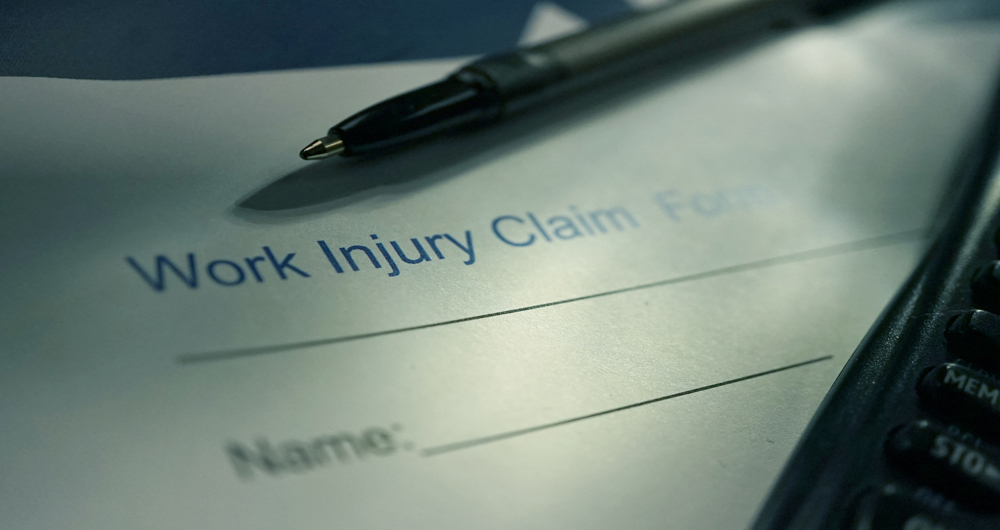Generally Speaking, Liability
|

Businesses, naturally, have a responsibility to provide safe spaces to their customers as well as other persons on their property. There is an exception and it involves persons who are the most likely to be on the business premises, facing possible injury…employees.
The insurer featured in the above case amended its general liability coverage so that the employees of a covered company would be specifically included as insureds in the event of injuries they cause to others.
There was a question of how the amended provision applied. An injured employee argued that the liability protection should extend to their loss. It took an appeal to determine if the argument had merit. Please click here for more details.
|
| |
The “Party” is the Thing
|

Our In Action discussions are not intended to be complicated. Frankly, they’re often reminders that it’s policy and loss situation interpretations which create confusion. The loss described above involved mistaking the coverage intent of a general liability policy. These policies are meant to handle the financial obligations of the business (the insured or First Party) that is owed to customers or others (Third Parties) for their loss that is either created or occurs on the business premises. If such losses are the type that are protected by the insurance policy, they are paid by the applicable insurance company (Second Party).
The loss suffered by a worker and which was caused by the acts of other workers is first party loss, so it was ineligible for coverage under the general liability policy. The additional insured amendment language did not affect the situation; rather, it clarified that workers are treated as first parties.
For a more detailed refresher on general liability coverage, click on this information excerpted from a section of PF&M Analysis available in Advantage Plus.
|
| |
Workers Are A Different Thing
|

Since we made the point that general liability isn’t a source to handle injuries suffered by employees, you may appreciate knowing that appropriate coverage exists (if you already know, do a good thing and share this discussion with others who may be helped).
TUsually, as a matter of state law, businesses are required to secure workers compensation/employers liability coverage. General liability is designed to handle financial obligations to others who are not related to a given business. On the contrary, WC/EL protection is intended to respond to loss or injury suffered by workers. The losses have to be directly related to their assigned duties. This is a requirement. If such losses did not contain a strong connection to business operations, there would be no justification to mandate protection as liability would not exist.
Click here to review an article introducing the concept of WC/EL, including their historical development. It is from Gordis on P&C Insurance available in Advantage Plus.
|
| |
Clear Things Up For Employees
|

Regardless of an injured person being a customer, visitor or an employee, they want reimbursement/compensation for their loss. It can be invaluable to make sure that workers have a solid understanding of how available protection may be provided.
Often work injuries can create serious problems for businesses. Employees may have little experience with what to do. Worse, they may believe information that is wrong and which could affect how injuries may be reported. The misinformation can also create post-injury expectations that could lead to employee dissatisfaction, complaints to regulators and even litigation. Insurance professionals are in a marvelous position to help clients avoid such situations.
Click here to see an article that provides additional background on WC/EL as well as shares insights on misinformation about work-related injuries and how they can be addressed with employees. It is from the 08/21 issue of Rough Notes Magazine, another valuable product that is found in Advantage Plus.
|
| |
|
|
|